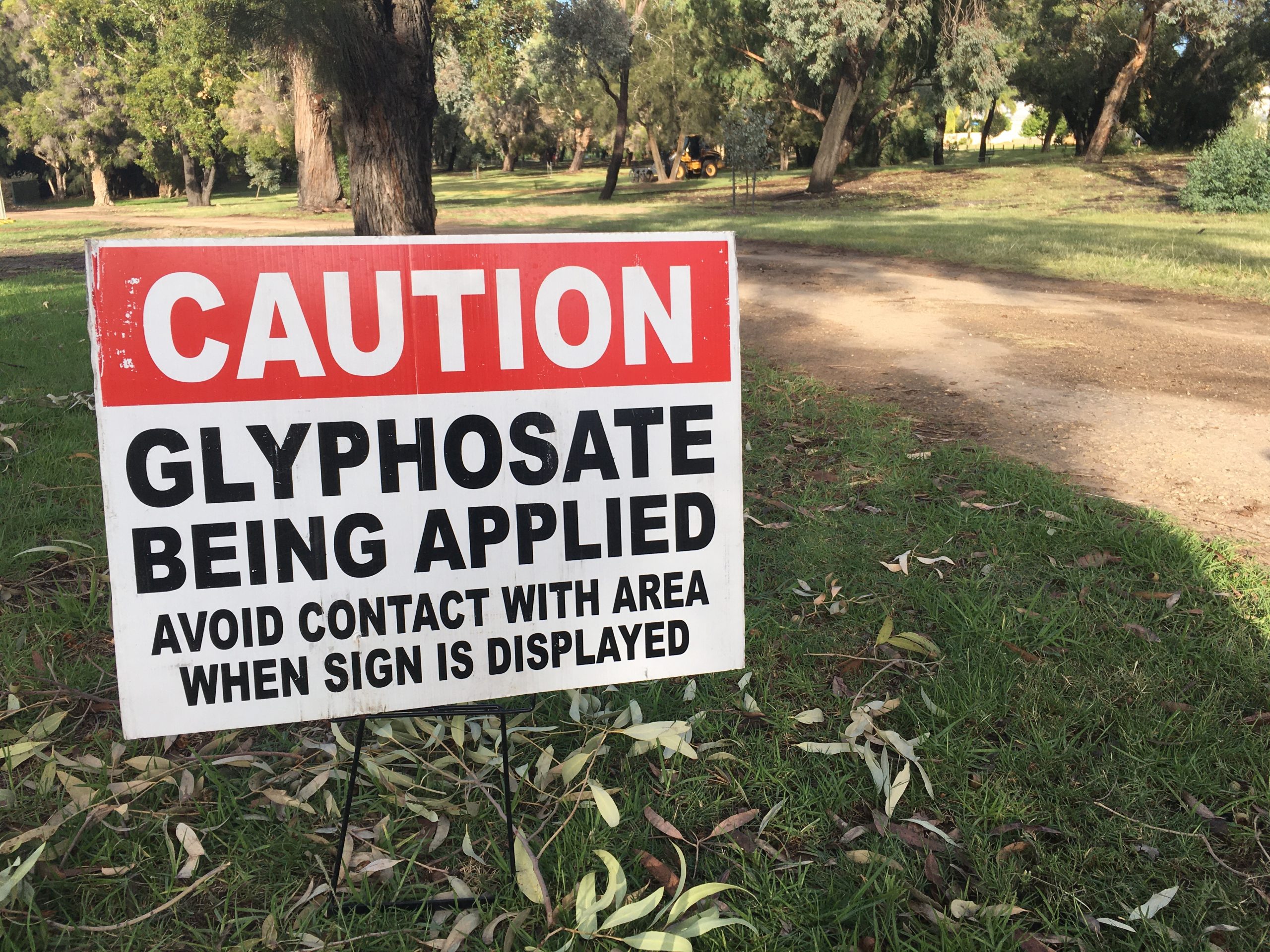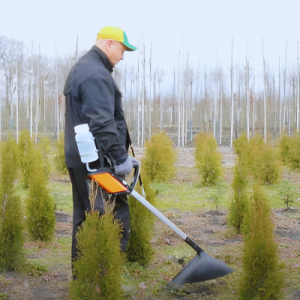
Some people may have reservations about spraying neat glyphosate. This is understandable but, using the right kit, such as ULV/CDA sprayers, it’s far safer than spraying it diluted.
Firstly, we need to remember that the overall amount of chemical being sprayed will be less per hectare than with conventional spraying, so already we can see some immediate operator safety benefits. You are literally using less of it to do the same job. We will be publishing a video explainer on this in the next few days.
Next there is a fundamental difference between the ways the sprays are generated. In conventional pressure spraying the chemical needs to be diluted so that there is enough fluid to form a spray pattern at a sensible pressure. Without the addition of large amounts of water, the amount of fluid that would need to be sprayed would necessitate a nozzle with such a small orifice that it would be become easily clogged and would require a very high pressure to form a spray pattern, this would result in very fine droplet sizes that would waft off target. So, we need to add lots of water to bulk up the chemical.
Conventional pressure nozzles will produce sprays with a wide range of droplet sizes. While the average droplet size will be around 150 microns which is good for herbicide spraying, there is a large variation in droplet sizes within this average which means that there are some very big droplets which will tend to not be absorbed very well but also lots of fine droplets. These fines will drift easily and are a major source of user contamination, especially respiratory contamination.
CDA sprayers will produce the same average droplet size as conventional sprayers BUT they will almost all fall within the 140-160 micron range. The range of drop sizes is much more narrow. This means we get better absorption rates into the plants and also dramatically reduce user contamination because there are no “fines” wafting around.
A 2004 study showed that inhalation contamination dropped dramatically when CDA technology was used. In this study standard spraying resulted in inhalation exposure of up to 36.5 mg / m3 of liquid sprayed whereas CDA spraying this dropped to a maximum of 0.616 mg /m3 but with most of the sample producing 0mg /m3. In other words, the worst-case scenario, an operator was exposed to 50 times less inhalation risk. Essentially this reduced inhalation exposure to zero.
Similarly impressive results were found for potential contamination of gloves, body, boots, and legs of the operators. A big source of contamination risk comes from the mixing and refilling of the chemical tanks. With ULV/CDA sprayers the tank refills are normally reduced by a factor of 10 and there is no mixing involves.
In short CDA, and to a larger extent ULV, spraying will dramatically reduce the change of operator contamination.
We are making no comment here on the overall safety of glyphosate and other agrochemicals. There are ongoing legal cases and opinion varies greatly on how safe or unsafe they are. We at PSP are not expert enough to weigh in on that discussion. But what is clear is that if this is a concern, the CDA -ULV spraying (see image right showing the Mankar ULV/CDA sprayer) will greatly reduce the potential for operator contamination and exposure.
